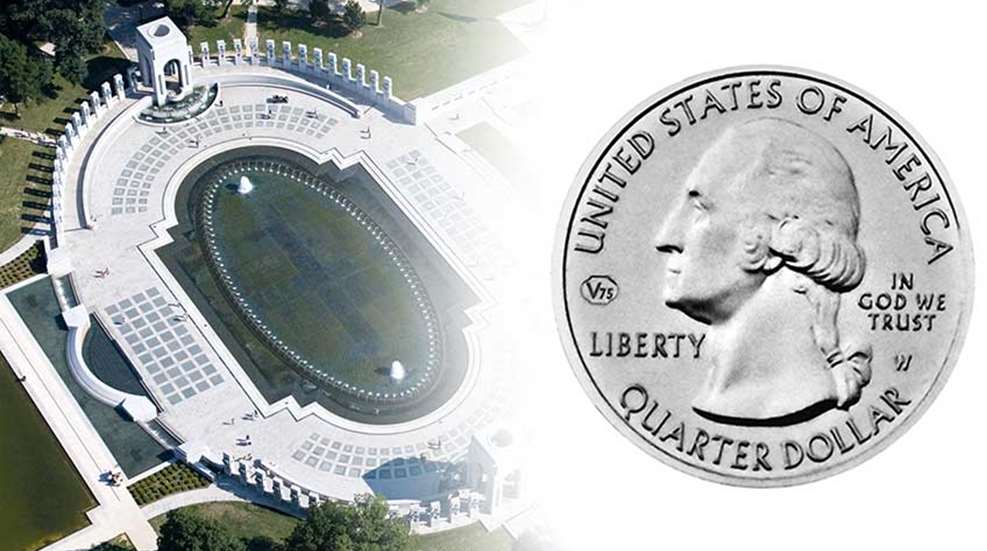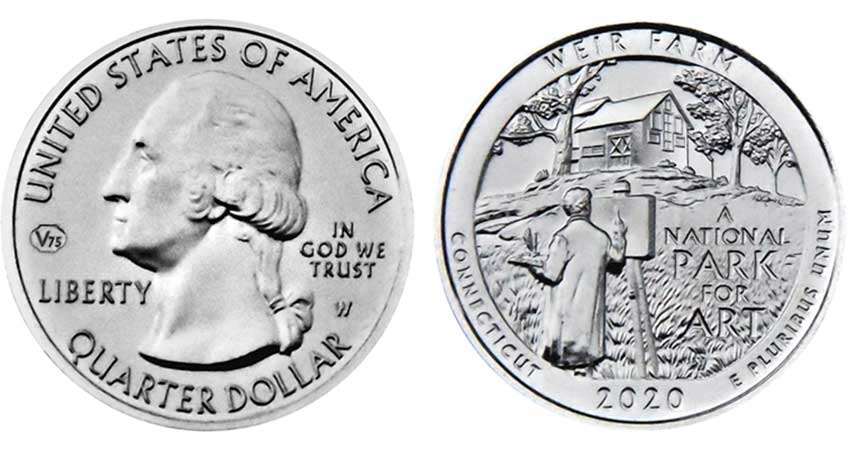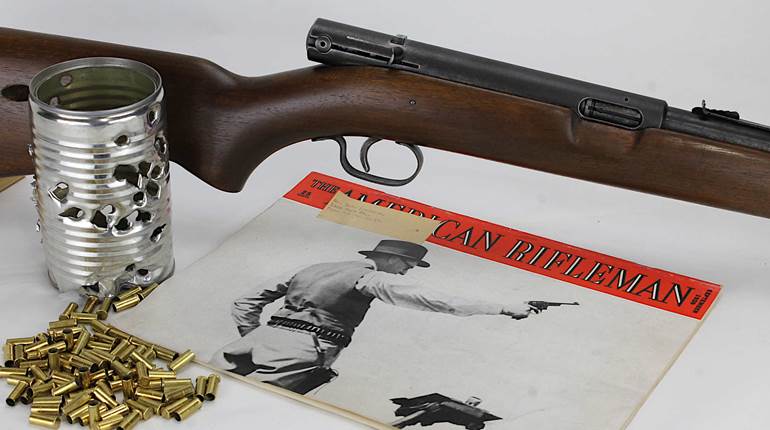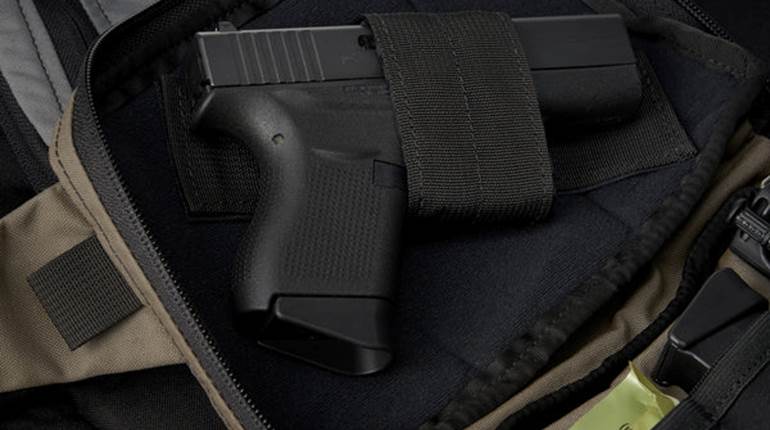
Image Credit: Carol M. Highsmith Archive, Library of Congress Prints & Photographs Online Catalog; inset quarter image courtesy of the U.S. Mint.
As part of its plans to commemorate the 75th anniversary of WWII, the U.S. Mint will release five West Point-minted "America the Beautiful" quarter dollars in 2020. Each coin will feature an obverse privy mark showing "V75" within a multi-sided cartouche. The first 2020-W quarter dollars with these markings will be the Weir Farm National Historic Site coins. According to Todd Martin, the U.S. Mint’s acting director for corporate communications, these coins will be released on April 6, 2020. The U.S. Mint has also announced a gold coin, as well as bronze and silver medals, will be offered for sale to celebrate the anniversary.
These quarter dollars are a welcome honor that highlight a significant anniversary for the end of WWII, likely one of the last major anniversary dates for which survivors and veterans of the war will be around to tell their stories. Last month I met a real hero from World War II, Gene Metcalfe, who was left for dead in the Battle of Market Garden in September 1944, enduring pain from his injuries and mistreatment in a prisoner of war camp and returning to his surprised and thankful family after the war. He is now 97 and still sharp. The story of his life is told in a new book by Marcus Nannini called, "Left for Dead at Nijmegen."
There were heroes at home, too. My mother was one. As a schoolteacher, not yet married, she played a leading role in organizing “lard drives” in Rapides Parish (county), La. Excess fat from cooking could be used as a key ingredient in explosives. Fats can be used to make glycerin, which can be turned into nitroglycerin, an explosive, so the War Production Board created what they called the American Fat Salvage Committee to encourage housewives to save their fat and lard and donate it to the war effort.

There was a great public-relations effort to get housewives to save their bacon fat (or fat from any cooked meat) or lard and donate it to the government. Disney Studios even used Minnie Mouse to encourage this effort. In one film, the announcer said: “A skillet of bacon grease is a little munitions factory. Every year, two billion pounds of waste kitchen fats are thrown away–enough glycerin for 10 billion rapid-fire cannon shells. Making a roast? Don’t throw out those lovely puddles of grease drippings–save them for our boys on the front line.”
Typical slogans in this grease-saving program included these: “One tablespoon of kitchen grease fires five bullets,” or “One pound of kitchen fats makes enough dynamite to blow up a bridge.”
Not every household got the message, so my mother organized the mothers of the children in her school to save their cooking grease and donate it as a unit, so in June 1943, mom received a letter from Basil B. Cobb, executive secretary for the War Production Board in Louisiana, commending her for her leadership in the collection of 8,450 pounds of grease by schoolchildren in their parish (county).
During World War II, almost every key commodity became scarce and had to be recycled or rationed. Rubber was particularly scarce, so you couldn’t buy regular tires, and most old tires were recycled for military use. If it were not for the rapid invention of synthetic rubber, our Jeeps, planes and tanks could not have been mass produced as they were. American patriotism and creativity made victory possible.

When it comes to our coins, there was a military angle, too. The copper used for the Lincoln penny was too valuable to “waste” when it was needed for use in shell casings, anti-aircraft ammunition and copper wire, so the Mint stopped making copper pennies in 1943. The U.S. Mint produced nearly 1.1 billion cents made of pale-gray, zinc-coated steel in 1943, diverting 3,500 tons of copper to the war effort.
Likewise, the nickel in the wartime “nickel” (5-cent piece) was too valuable, so the Nickel became 56% copper, 35% silver and 9% manganese – with no nickel. Oddly, silver is more precious than nickel, so these coins later became valuable for their “melt” content, but they looked terrible due to the corrosion caused by the manganese alloy. I used to buy these “dirty” nickels for face value at banks in the 1960s and sell them to dealers for 8 cents for movie money!
In 1944, the Treasury abandoned its experiment with steel cents, since they were so ugly. From 1944 to 1946, they minted cents from the brass in salvaged old cartridge cases. The Mint resumed the pre-war copper penny in 1947, but World War II was a time that brought America together through conservation. This is yet another example of why collectors consider money history in your hands.
To find more information on these WWII commemorative quarters or other WWII coinage, contact Universal Coin & Bullion at (800) 822-4653 or visit the company’s website at universalcoin.com/nra.





































